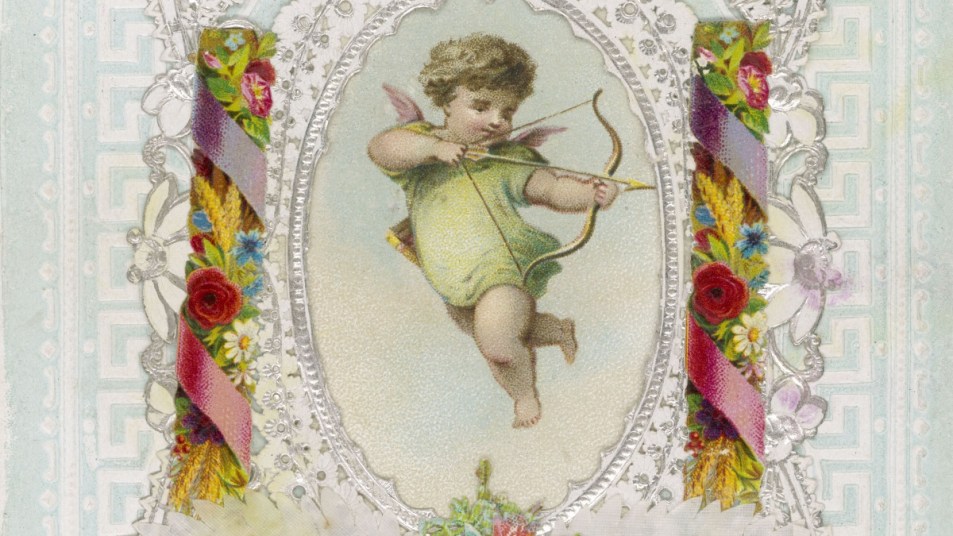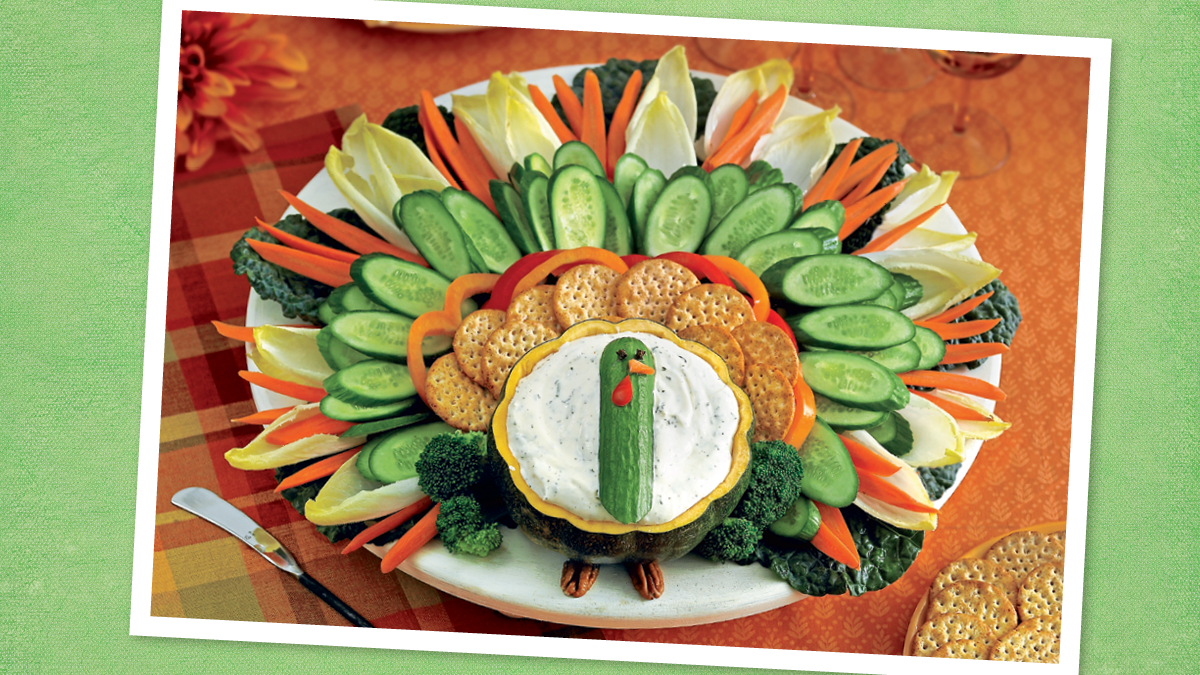Cupids, Hearts, Roses, and Chocolates: The Fascinating History Behind Iconic Valentine’s Day Symbols
Did you know where all these Valentine’s Day icons came from?

While it’s easy to write off February 14 as a so-called “Hallmark holiday” and roll your eyes at the cutesy cards and chocolate boxes, the traditions associated with the occasion actually have long histories behind them. The recognizable pink and red aesthetic and Valentine’s Day symbols — including hearts, Cupids, and roses — actually bear very little resemblance to the holiday in its original iteration. If you’re interested in learning more about the stories behind four iconic Valentine’s Day symbols, keep reading.
A Brief History of Valentine’s Day
NPR notes that while the exact origin of Valentine’s Day remains unknown, it likely started in ancient Rome with animal sacrifice and a matchmaking lottery (not very romantic). This early version of the holiday, known as the feast of Lupercalia and celebrated from February 13 to 15, was violent, chaotic, and sexist (let’s just say women were not treated very nicely).
The “Valentine’s” title is presumed to have emerged when Emperor Claudius II executed two men named Valentine on February 14, during different years of the third century. The Catholic church paid tribute to their martyrdom with St. Valentine’s Day, and the holiday evolved over time, becoming more romantic in the Middle Ages. V-Day reached America much later: In 1913, Hallmark started mass-producing Valentine’s cards and the holiday grew into what we celebrate today.
Cupids
A common Valentine’s Day figure is the round-checked, winged little boy impishly wielding a bow and arrow. This figure, known as Cupid, originated in ancient Greek mythology; he was first known as Eros, which is the Greek word for “desire.” Disparate from the childlike figure we know today, the original Cupid was depicted as a young man considered “both handsome and threatening, as he would use his power to make people fall in love,” according to TIME magazine.
Eros was the son of Aphrodite, the goddess of love, and he was devoted to wreaking romantic havoc by shooting his golden arrows at people and causing them to fall in love (he also had leaden arrows that elicited the opposite reaction, though he’s best known for his romance-igniting qualities). In the Roman era, Eros was renamed Cupid (which also means desire), and he started being depicted as a charming little boy. By the time the 19th century rolled around, Cupid had become one of the defining symbols of Valentine’s Day, thanks to his mischievous match-making powers.
Hearts
The heart shape, like Cupid, has ancient origins; but it only started symbolizing love in the 13th and 14th centuries, according to TIME magazine. The shape was originally used for purely decorative purposes, and was meant to resemble an actual heart — although it actually looks more like a bird or reptile heart than a person’s. (In truth, the human heart is much uglier, with multiple chambers and veins and sort of an amorphous outline.) The first non-medical heart illustration is believed to have appeared in an illustrated manuscript of a medieval French love poem, Le Roman De La Poire, by Thibaut — and this poem may be where the idea of “giving your heart” to a beloved originated. The shape as we know it today was derived from an illustration of Cupid standing on a horse wearing a collar of hearts included in the manuscript of the 14th century Italian poem Documenti d’amore by Francesco Barberino. After this, hearts would frequently appear in art as representations of romance.
Slate posits that the heart shape may have also come from the shape of the silphium plant’s seed pod in the 7th century BC. This plant was supposedly used as birth control, so the origins of the heart may have been more explicitly sexual than romantic. (Indeed, the heart’s shape may even be associated with genitals.) Hearts became associated with Valentine’s Day in 17th century England and were a staple of Victorian design.
Roses
Roses are red, violets are — wait a minute, how did roses get to be so commonly associated with Valentine’s Day, anyway? Red roses were first grown in eastern Asia 5,000 years ago, and began showing up in Europe in the 18th century. By the 19th century, when many Valentine’s traditions we still have today started falling into place, Victorians began exchanging bouquets as symbols of romance.
Roses come in many different colors, but the red variety is most commonly tied to February 14; plus, you’ll typically see lots of red and pink in decorations on the holiday. Why? Centuries ago, red dye was considered the rarest color and was associated with the upperclass. There were also associations between red roses and romance in Greek mythology, with the rose being dedicated to Aphrodite (the goddess of love and beauty). Because of this — plus, red’s association with the blood that keeps our hearts beating — it eventually came to be seen as the color of passion and romance; and pink is this powerful shade’s gentler, lighter iteration.
Chocolates
While chocolate is good enough to eat every day of the year, we typically gift heart-shaped boxes of chocolates (and not pies or roasts) to our loved ones on V-Day. NPR traces the symbolism of chocolate back to Aztec times, when it was first considered an aphrodisiac. It became part of Valentine’s celebrations as we know them in the mid-19th century. “Wherever chocolate went, its reputation as a sexual stimulant seemed to follow,” NPR reports — so it makes sense that it would become part of a holiday honoring potential love-making.
In 1868, the first heart-shaped boxes of chocolates were produced by Cadbury, a British manufacturer that’s still popular today. These chocolate boxes were treasured by Victorians, and they remain an indispensable part of V-Day in contemporary times, lining the shelves of drugstores by early January. As for chocolate being an aphrodisiac, it turns out this may actually be a myth — but it’s certainly had staying power. Plus, chocolate tastes so good it undeniably stimulates our senses in some way or other.
Happy Valentine’s Day!
While Valentine’s Day has become increasingly corporate and sanitized over the years, the holiday evidently has a long and dramatic origin story. It’s impossible to know the exact inception of every February 14 tradition, especially since many happened so long ago; but it’s safe to say that Valentine’s day is rooted in some truly fascinating history. We hope yours involves lots of chocolates and no executions.












